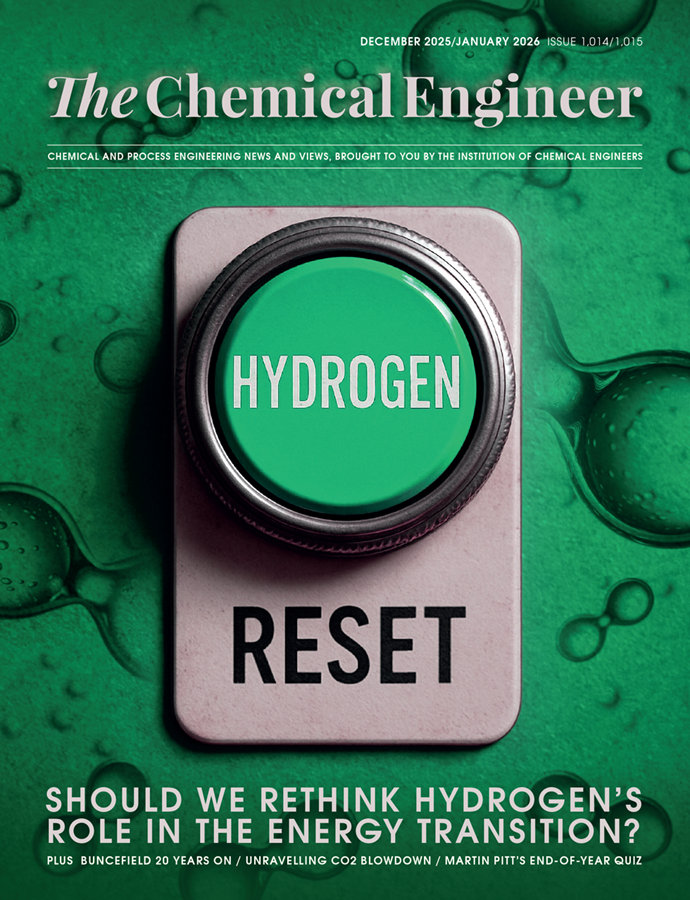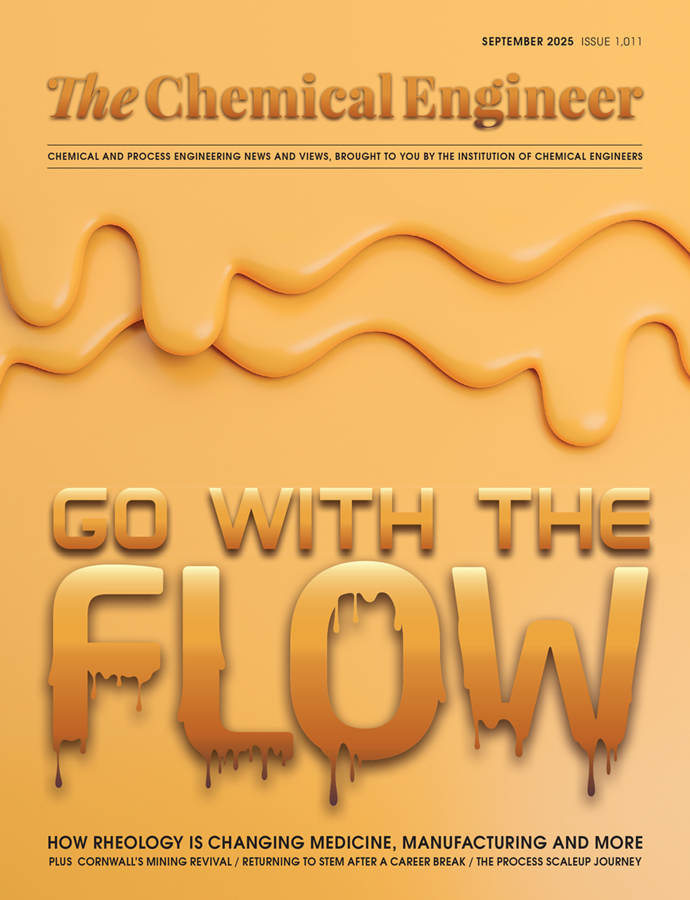Old-school Chemical Engineering

MODERN chemical engineers have a wide range of skills, as well as a huge amount of equipment and software available to them, enabling them to tackle many assignments. Fifty years ago, very few of these aids were available.
There were no pocket- or desktop-calculators. The only available computers were stand-alone machines used by accountants for payroll calculations. Software such as a flowsheet simulation package was unknown. As undergraduates, we had to do all our calculations using slide-rules. There were no spreadsheets or internet in those days.
Articles in The Chemical Engineer reflect the sophistication of modern engineers. The purpose of this article is to remind people of how things used to be, when chemical engineering was done at a more basic level.
Looking back
When I joined AECI (African Explosives and Chemical Industries) in the 60s, I had no idea that I would be expected to become the world’s only producer of platinum catalyst for sulphuric acid manufacture in my first year at work!
At the time, AECI owned the world’s two biggest explosives factories, and I was based at one of them – the Modderfontein Dynamite Factory (MDF). MDF was established in 1894 (by none other than Alfred Nobel, of Nobel Prize fame) on several thousand acres in the hills north-east of Johannesburg, South Africa.
It gradually grew into the biggest dynamite factory in the world, supplying the gold mines of the Witwatersrand, as they needed more and more explosives to reach the ever deeper levels of operation. The production of the first million tons of explosive was achieved in 1953.
As part of my general training, I spent some weeks learning the acids and chemicals processes including those for nitric and sulphuric acid manufacture, for the production of nitro-glycerine for dynamite manufacture.
Sulphuric acid was produced by roasting iron pyrites in air:
4FeS2 + 11O2 ---> 2Fe2O3 + 8SO2
Iron pyrites Oxygen Iron oxide Sulphur dioxide
The pyrites contained gold. This process was used by a mining company to release and concentrate the gold, so the iron oxide was returned to them for gold recovery.
The SO2 was then oxidised by air over a platinum catalyst:
2SO2 + O2 ---> 2SO3
Sulphuric acid was then produced by reaction of the SO3 (indirectly) with water:
SO3 + H2O ---> H2SO4
Platinum catalyst is easily poisoned, for example by arsenic. The existing catalyst had nearly reached the end of its useful life, and the capacity of the plant was rapidly falling.
At that time AECI was busy building a new plant, based on modern vanadium pentoxide (V2O5) catalyst. However, the new plant build was seriously delayed and there was no choice other than to keep the old plant. All we needed was a new charge of platinum catalyst. I was given the task of finding it and fitting it during the planned annual shutdown.

All we needed was a new charge of platinum catalyst. I was given the task of finding it and fitting it during the planned annual shutdown.
Easier said than done! The Internet did not exist (including no Google!) so it was not possible to search for suppliers in the modern way. I spent many hours in the library but found no company which made platinum catalyst any more. I realised that we would have to make the catalyst ourselves.
Searching the literature in the library yielded a small-scale method in Gmelin’s Handbuch der Anorganischen Chemie.
Luckily, I spoke Afrikaans (a Germanic language) and had completed a German translation course at university. I had the basis for becoming the only platinum catalyst producer in the world!
I found a disused shed, and placed a small cement mixer in it, and I got the company workshop to make a spray system. The method was based on spraying a solution of platinic chloride in ethanol onto silica extrusions. The platinic chloride would easily be reduced to the metal at the temperature of the reactor, and the ethanol would rapidly evaporate.
I bought the platinic chloride and placed it in a corner of the shed. The cost of the platinic chloride was equivalent to the total annual salary bill of the company directors! When my boss saw the platinic chloride in a corner of an old unlocked shed, he turned pale! I had to convince him that no-one knew what I was doing there, so the platinic chloride was safe.
I took about a week to produce the catalyst. I arranged to scaffold out the roof of the acid plant, while existing catalyst was removed, then carried bags of new catalyst onto the roof. We added it carefully to the reactor tubes and balanced the pressure drop across each tube using compressed air.
I found a disused shed, and placed a small cement mixer in it, and I got the company workshop to make a spray system.
The start-up gave me butterflies! We had to pass a portion of the SO2/air mixture via a superheater to heat it up enough to start the reaction. The supervisor was nervous about possibly overheating the superheater, while I was impatient to get the reaction going. When the temperature finally gave a 'kick', we were all thrilled, knowing that the catalyst was working, and the superheater was no longer needed.
The new catalyst successfully produced the amount of product needed before the new plant was started up, so everyone was happy. The payback period on the cost of the platinic chloride was a matter of days, so the financial benefit of the new catalyst was outstanding. The new plant was started up in due course, and the additional capacity from the existing plant was very useful during the commissioning period.
Reflections
Reflecting on this work, and comparing it to modern-day conditions, there are a number of things to note. I originally wrote this piece to highlight the difficulties of finding information before the time of the Internet. However, a much more important lesson is the question of trust, and of willingness to take risks. My manager was willing to take risks by fully trusting me to do the job properly. Needless to say, I was highly motivated by being trusted to do my job without detailed micro-management.
Unfortunately, it is much more difficult today. At the time, there were very few qualified people available. To some extent, my manager had to trust me because there was no-one else to do the job, and no experts to evaluate the work. Very few qualified chemical engineers were available. Willingness to take risks is rarer these days. This is partly due to the fact that more systems are available, and large numbers of people are involved in operating those systems. This means that the time taken to make a decision is much longer, and depends on many people, rather than a few. Today fewer mistakes are made, but fewer significant decisions are taken quickly.
However, as in the past, in the end it is up to the courage of the individuals who decide what is to be done.
To read more of Jimmy Hunter's Chemeng Chronicles, visit the series hub.
Recent Editions
Catch up on the latest news, views and jobs from The Chemical Engineer. Below are the four latest issues. View a wider selection of the archive from within the Magazine section of this site.




